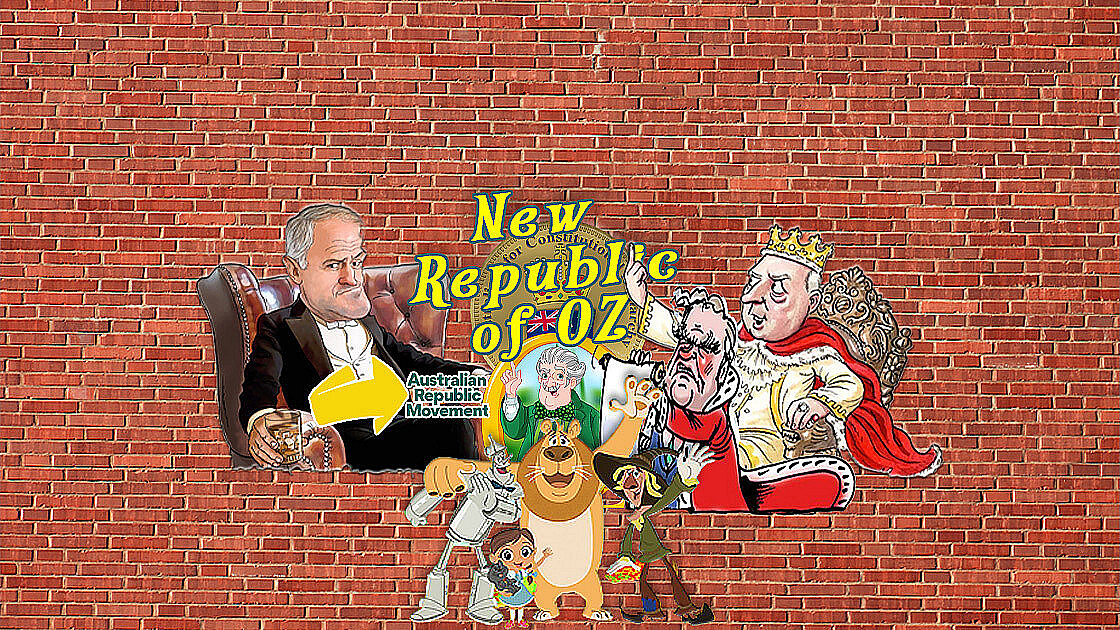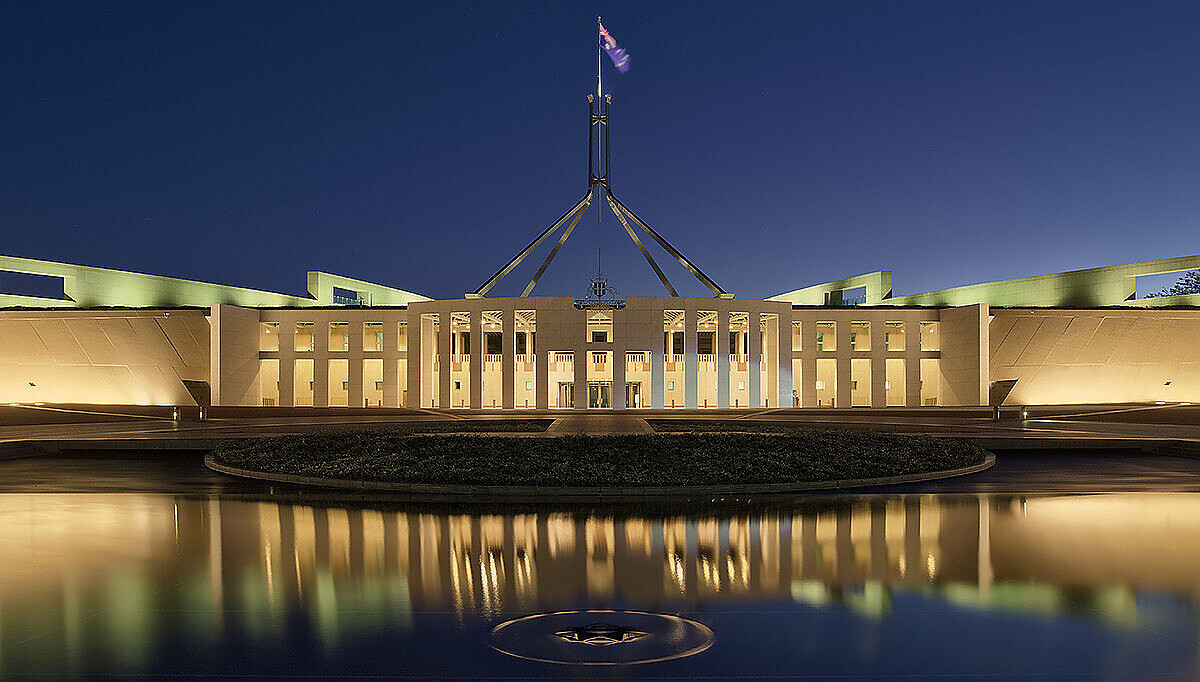There are two distinct approaches to constitutional reform, observes Professor Kenneth Minogue of the London School of Economics. One is evolutionary and minimalist. The other is theoretical, abstract, and often revolutionary.
The first recognises that when an evident evil arises in government, it needs to be corrected with as little disturbance as possible. This is the traditional Australian approach, as demonstrated not only in the way we have made our constitutions but also in the way we change them. It could be summed up by the maxim, Si fractures non sit noli id refinery, which could be translated as, “If it ain’t broke, don’t fix it.” This is not a desire to cling to the past but to preserve a system that has exhibited enough inner dynamism to survive the twentieth century. Minogue says that it is precisely the capacity of constitutional monarchy not just to change but to respond continuously to changes in society itself, which is important.
However, it is the theoretical and abstract approach that has dominated schools of political theory. It attempts to graft onto political reality some abstract concept. This is usually claimed to offer a supposedly logical solution to the problem of what ought to be done in the name of justice, democracy or equality.
In this process, history is forgotten as the rationalist gets to work sharpening and applying his criteria. As Minogue observes, “Kant famously said that of mankind’s crooked timber, nothing.
Straight would ever be made. The rationalist gets out his incline plane and tries to straighten knots and smooth away rough patches, and if he is not careful, nothing authentic will be left.” This approach permeates radical political thought. The revolutionary French and Russian regimes are extreme examples of the use of the abstract precepts of democracy and equity. Regrettably, some say inevitably, they were translated in practice into awful regimes.
The Australian republicanism of Paul Keating, Malcolm Turnbull and the Australian Republican Movement is a softer version of this approach. An abstract concept – the republic – has become an obsession. When the republic, as an abstract notion, was turned into an actual model in 1998, and even supporters concluded that the model was worse than the “problem”, we were told to ignore this. We are told to concentrate on the republic and avert our eyes from this republic. So Leader of the Opposition Kim Beazley told us that he would become “terribly depressed” if the referendum debate becomes one about the details of the model.




